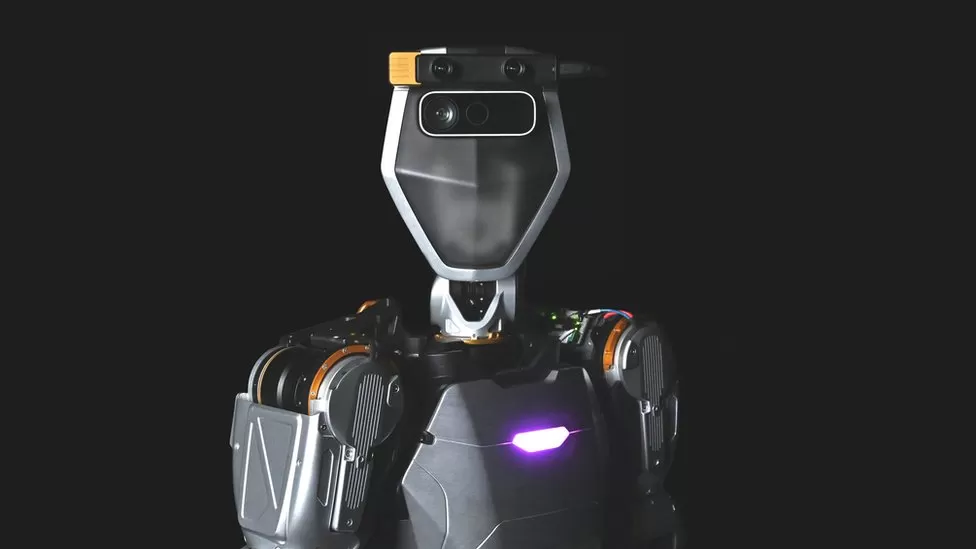How long until a robot is doing your chores?

Imagine the biggest market for a physical product you can think of. Do you have mobile phones in mind? What about cars? Is it property?
There are chunky markets here, but Geordie Rose, the CEO of Sanctuary AI, predicts that a new product will dwarf them in the coming decades.
Phoenix is a humanoid robot being developed by a Vancouver firm that will understand what we want and understand how the world works.
“Our long-term total addressable market is the biggest market in the history of business and technology, the labour market. It encompasses everything we want to accomplish.”.
However, before we get too excited, he clarifies: “We still have a lot of work to do from where we are today.”
Mr. Rose is unwilling to specify when a robot might be in your house, doing your laundry, or cleaning your bathroom. It could take ten years, according to others in the sector.
Several other companies are working on the technology around the world.
Dyson invests in AI and robotics for household chores in the UK. Tesla, Elon Musk’s electric car company, is perhaps the most well-known in the market.
In a few years, the Optimus humanoid robot could be available to the general public, according to Mr Musk.
It will be interesting to see if that turns out to be the case. With leaps forward in artificial intelligence, the development of humanoid robots is accelerating.
“You know, there are new developments in the AI world every month that are like fundamental changes,” says Rose, who has a background in theoretical physics and founded a quantum computing company previously.
Several powerful versions of ChatGPT became available late last year, causing mainstream interest in AI to explode. A wave of AI technology investment and rivals have sprung up as a result of its ability to generate useful text and images.
An even more difficult task is developing AI that could enable robots to perform useful tasks.
Humanoid robots, unlike ChatGPT and its rivals, must navigate the physical world and understand the relationships between objects. What is simple for humans is difficult for humanoids.
In a Canadian shop, Sanctuary’s robot Phoenix has been packing clothes into plastic bags as part of a trial project.
“Bags are floppy, transparent…there’s a place where they open, so this is a complex problem in an AI-driven robotics system.
“Usually after you open a bag manually, you have to release one hand before you put something in it,” says Mr Rose.
“It is actually very, very difficult for robots to manipulate bags,” he adds – making today’s humanoid robots appear less scary than their Hollywood counterparts.
There is a system at Sanctuary for training Phoenix to perform specific tasks such as bag packing. By partnering with a business, it will film a particular task and digitise the whole thing.
As well as containing all the objects, the data is used to create a virtual environment that simulates gravity and resistance.
In this virtual environment, the AI can practice the task. After a million attempts, the AI will be allowed to try in the physical world when the developers think it has mastered the virtual world event.
Thus, Phoenix is capable of performing about 20 different roles.
Rose sees this as the way forward for humanoid robots – mastering specific tasks that businesses can use. A robot that can do household chores is still a long way from becoming a reality.
To give the robot a sense of touch, so it knows how much pressure to apply, is one of the biggest challenges.
“Machines have a hard time doing these types of tasks, because we have an evolutionary heritage of billions of years,” says Mr Rose.
